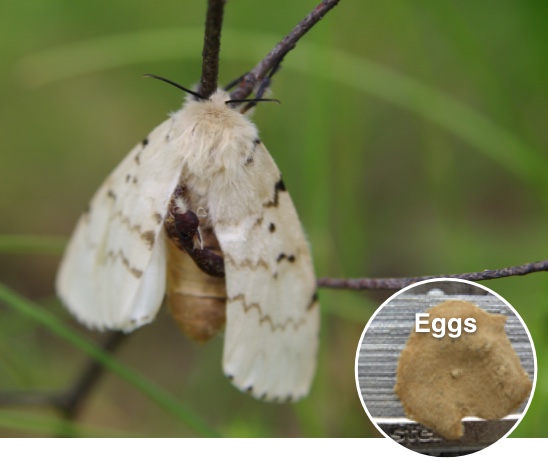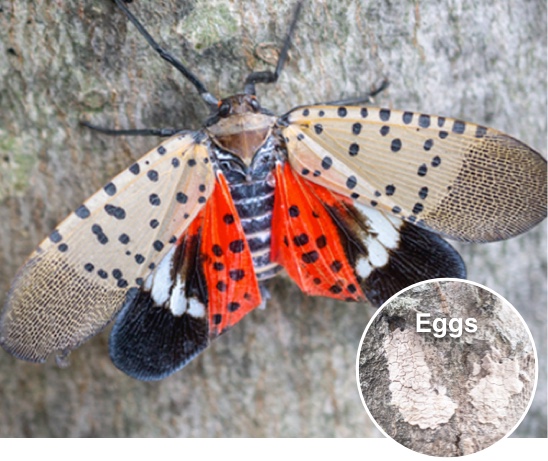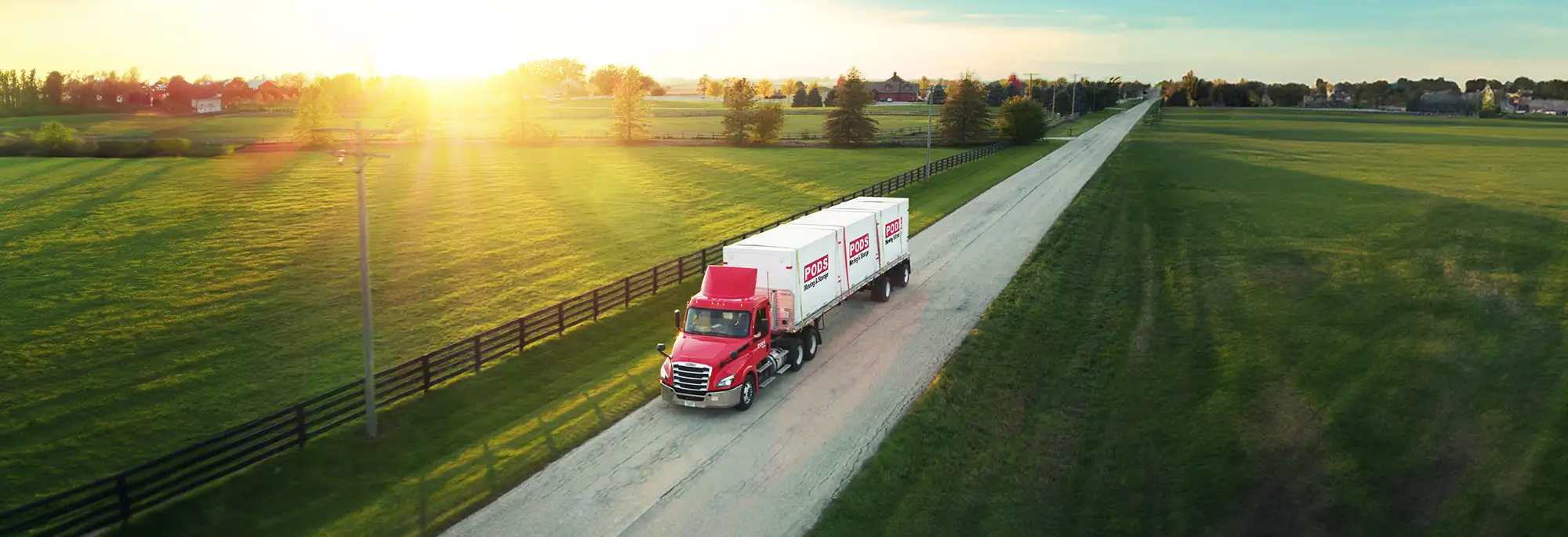
Invasive Species
Spongy moths and spotted lanternflies are damaging and invasive, capable of destroying important crops, shrubs, and trees. That’s why the State of California requires all incoming residents to inspect their belongings as they’re preparing for their upcoming moves. All PODS customers must submit a Spongy Moth and Spotted Lanternfly Form to comply with this mandate and help protect the environment from these invasive species.
Important note about your Spongy Moth and Spotted Lanternfly Form deadline
- This form must be completed at least 5 days before your PODS container is transported to or through California
- If you’re moving to Hawaii, this form must be filled out since your container will be entering California
- If the mandatory form isn’t submitted by the deadline, transit will be canceled, and rescheduled service dates are subject to availability
What they look like
Use these photos as a visual guide.

Spongy Moth

Spotted Lanternfly
Have questions? We have answers.
What happens if I don’t complete my form within 5 days before transit to or through California?
I don’t live in an infested area. Do I still need to complete the form?
What happens after I submit my form to PODS?
How do I inspect my items for evidence of spongy moths and spotted lanternflies?
How do I remove spongy moth and spotted lanternfly egg masses?
What are the signs and symptoms of spongy month infestations?
What do moth egg masses look like?
What are the signs and symptoms of spotted lanternfly infestations?
What do spotted lanternfly egg masses look like?
How can I learn more about spongy moths and spotted lanternflies?
